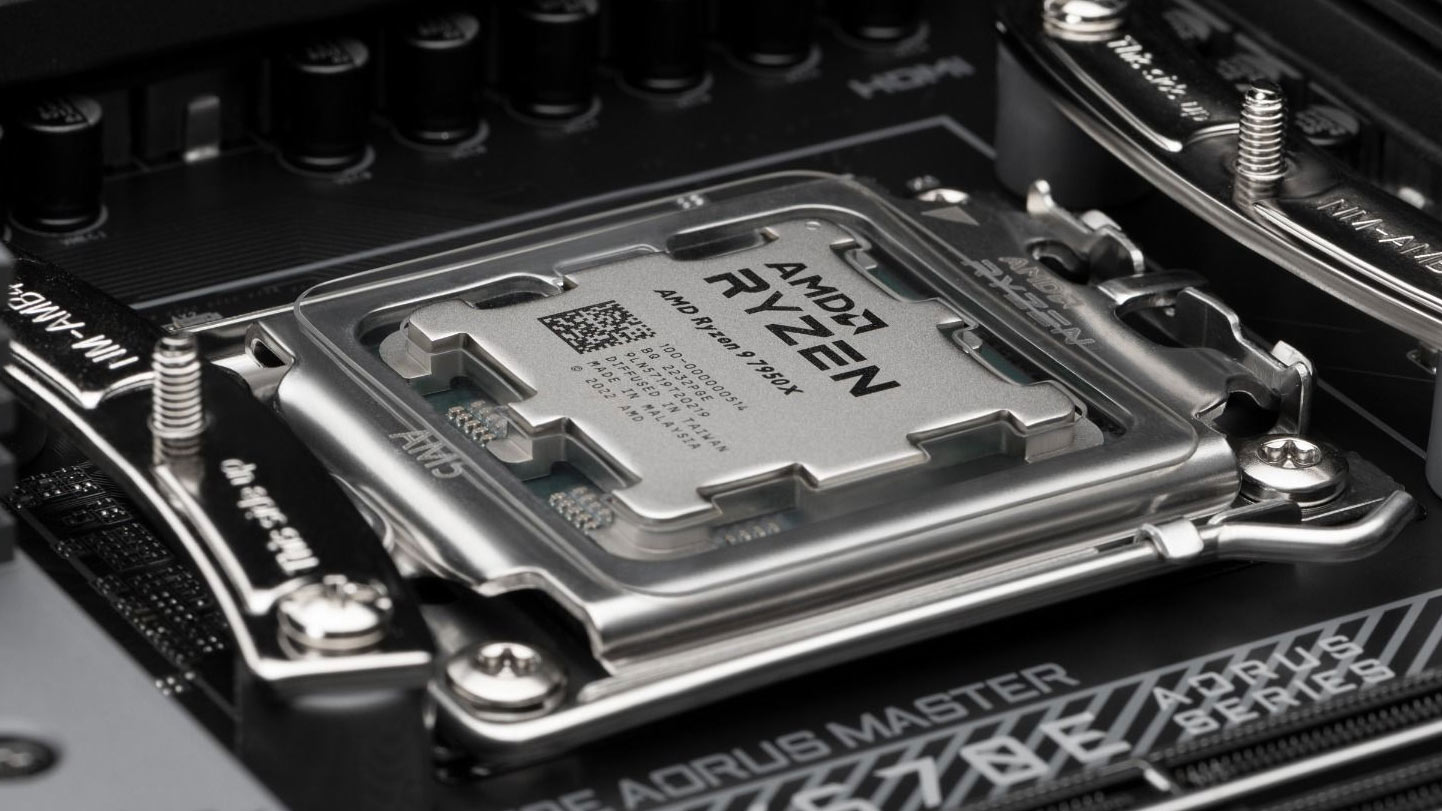Thermal paste is a creamy substance used to fill the microscopic gaps between two metal surfaces. It is a vital component in modern electronics, as it prevents overheating and allows the heat to escape efficiently.
The best thermal pastes feature a thick, pliable viscosity and good stability on application. They are easy to work with and clean up well.
Heat Transfer
There are many types of thermal paste, with each one having a different performance. When choosing a paste, it is important to find one that not only conducts heat well, but also has a high density and will spread evenly without leaking.
Ideally, the thermal paste will minimize microscopic air gaps between the CPU and its IHS (integrated heat spreader). If this is not achieved, the temperatures will rocket up, causing the motherboard to shut down or, in extreme cases, damage the components.
The most popular products are silicon-based pastes which use zinc oxide as filler. They have a relatively low cost and conductivity. Other products may contain diamond powder or a silver-based compound, which are more expensive but have the highest thermal conductivity. Metal pastes are even more expensive but are very difficult to apply evenly and are electrically conductive, which can cause problems with sensitive electronics. They are also corrosive to aluminum.
Thermal Conductivity
The most important characteristic to consider when selecting a thermal paste is its thermal conductivity. Thermal pastes list a thermal conductivity specification on their labels, often expressed in W/mK (Watt per meter Kelvin) The higher the number, the better the thermal paste is at conducting heat.
This value is calculated by measuring the temperature gradient across a thermal pad or compound at varying loads. The lower the value, the better the thermal pad is at transferring heat.
Many of the best thermal compounds have high-grade fillers such as aluminum oxide, zinc oxide or boron nitride. These fillers are a key component to a good thermal transfer between the CPU and the heat sink. In addition, the TIM must be easy to apply and provide excellent stability during application. A good TIM must also be non-curing, electrically non-conductive and non-corrosive. Gelid GC-Extreme is a good example of this; it’s a pale gray, non-curing TIM with a low viscosity that’s stable during application and spreads consistently.
Electrical Conductivity
Some pastes (such as those made with metals) are electrically conductive and should not be used near electronic components because an unwanted flow of current can fry them. Electrically insulative pastes (such as those made with carbon or ceramic materials) are safer to use because they won’t conduct electricity.
Thermal pastes help ensure that the excess heat generated by any device is dissipated, ensuring its long lifespan and avoiding malfunctions or damage caused by overheating. This is especially important for devices that generate large amounts of electricity as they work, as the generated heat can damage them if it doesn’t escape from the cooling system.
When choosing a thermal paste, it’s important to look for one with good electrical insulation properties and an even, consistent viscosity. This will allow for easy application and prevent the paste from leaking onto other areas of the processor. Gelid’s GC-Extreme is an excellent example of a compound that has good electrical insulation and is easy to apply consistently with its syringe.
Liquid Metal Compounds
Not long ago, only a select few PC enthusiasts cared about the different thermal paste types and their differences. Today, however, more and more people learn about the differences and pick the best one for their build.
Liquid metal compounds are a type of thermal interface material that contains liquid metal (usually an alloy of gallium, indium and tin) and have very high thermal conductivity (up to 70 W/mK). These pastes do not use solvents to hold the filler in a pasty consistency like standard thermal pastes do, which makes them very durable.
However, these compound are difficult to apply evenly and can be dangerous if you accidentally spill it on your motherboard. They are also electrically conductive and can cause short circuits if they leak into electronic components. For these reasons, only advanced users should consider using them. Examples of liquid metal TIMs include Noctua’s NH-H1 and Grizzly Kryonaut. NH-H1 has an excellent price-performance ratio while Grizzly’s offers a very consistent performance with a thick, pliable viscosity that provides good stability and resistance to runs and drips.




Leave a Reply